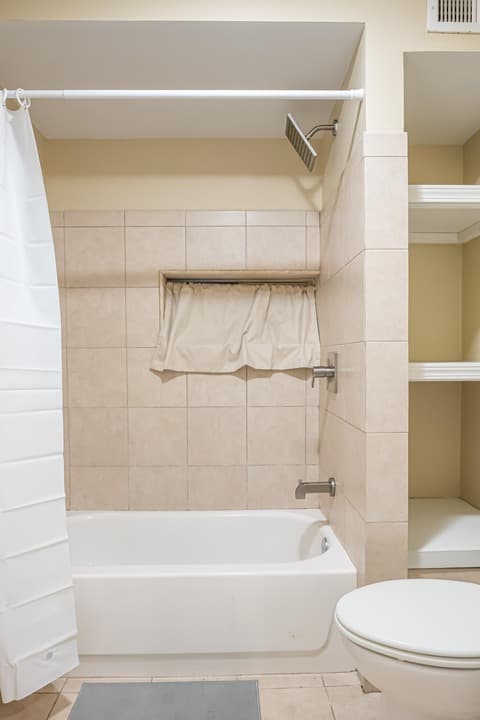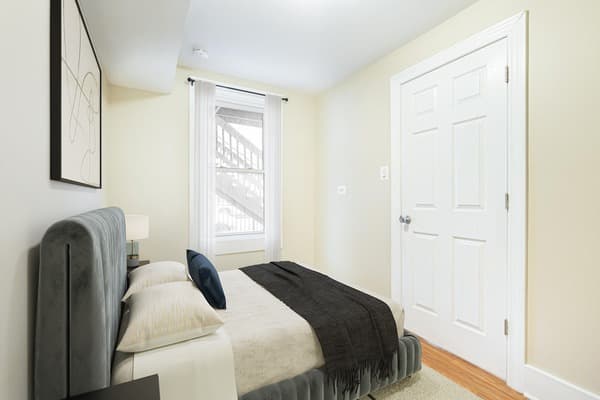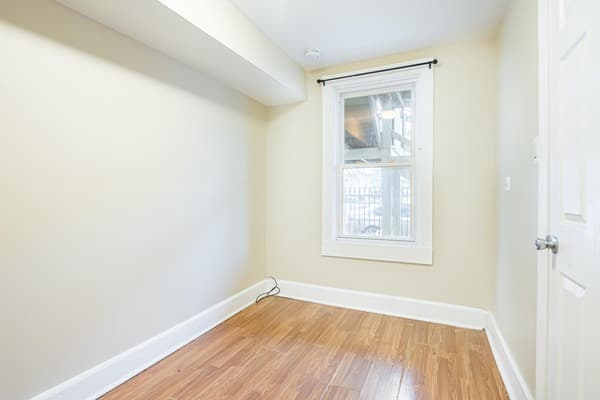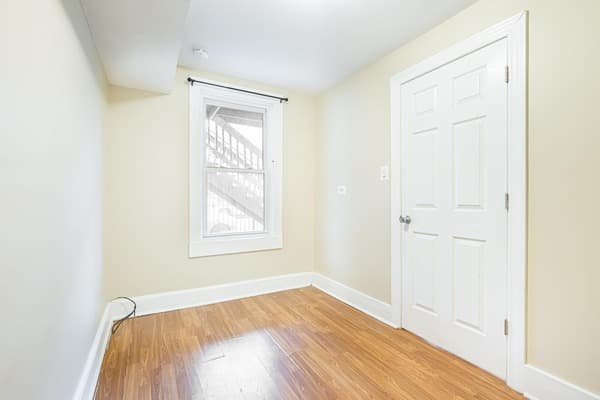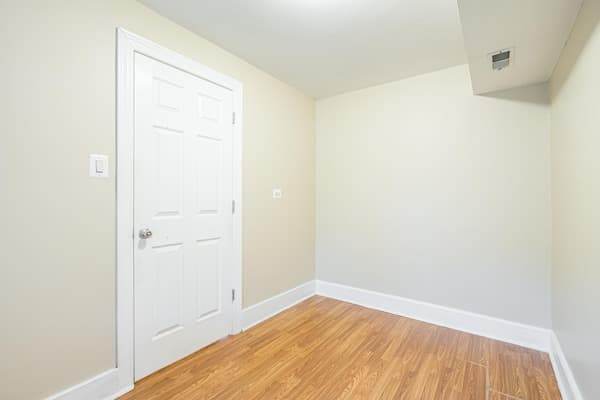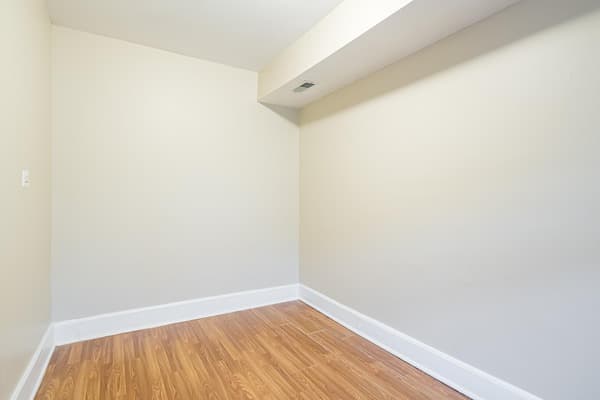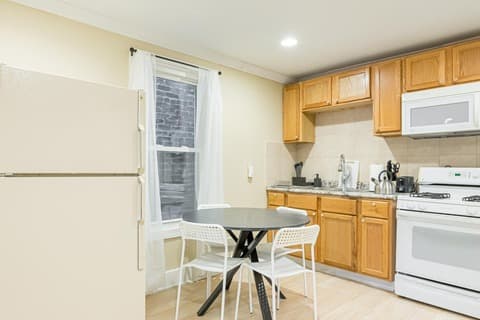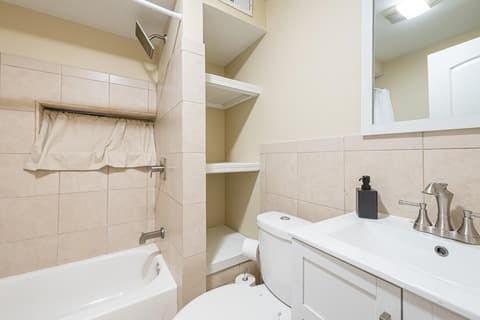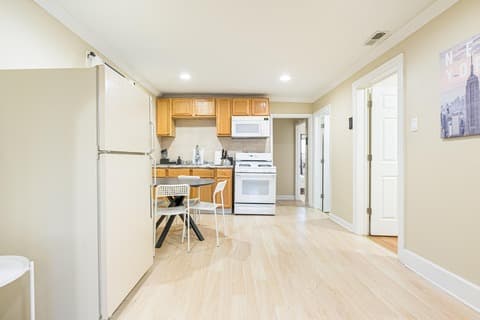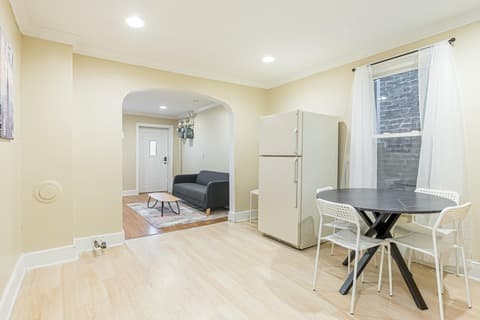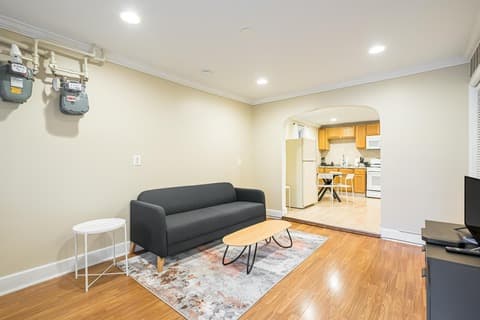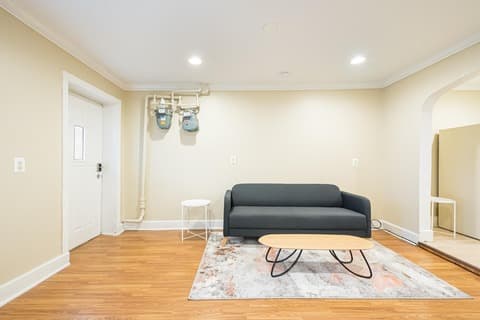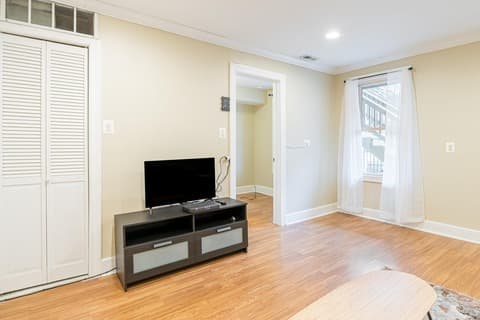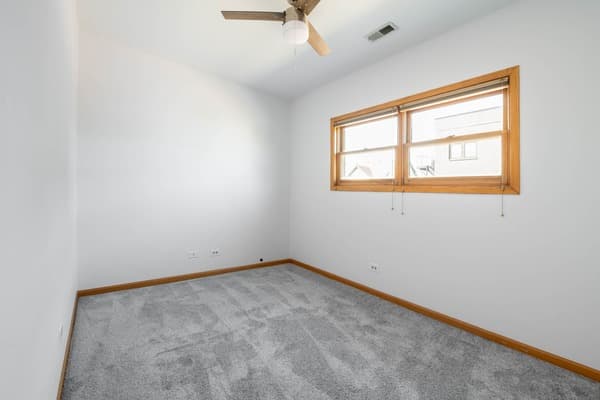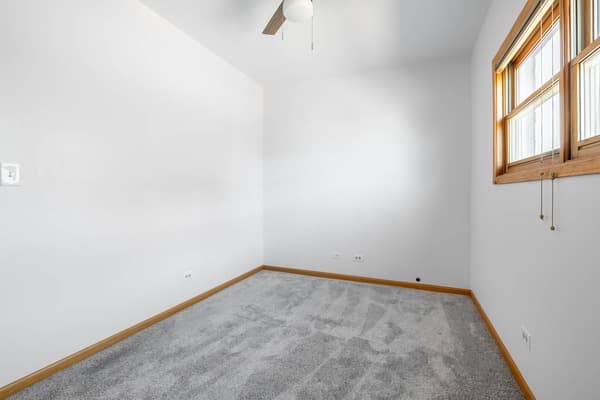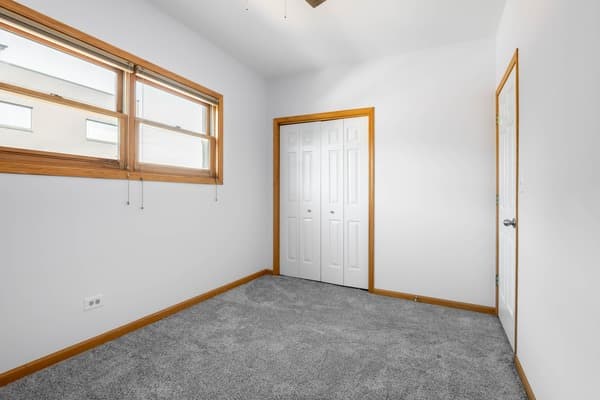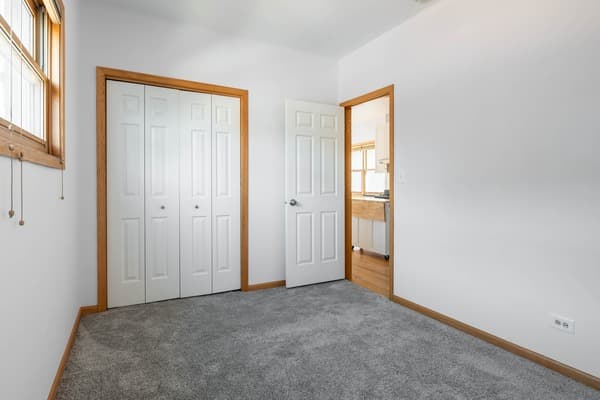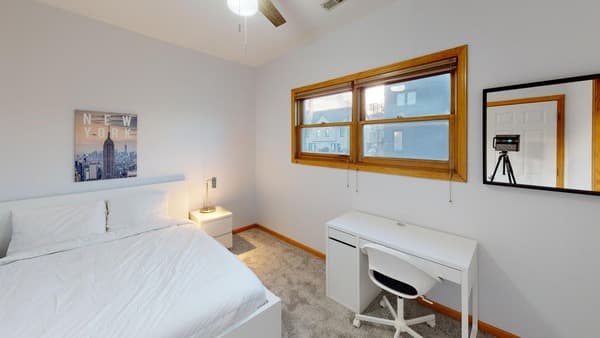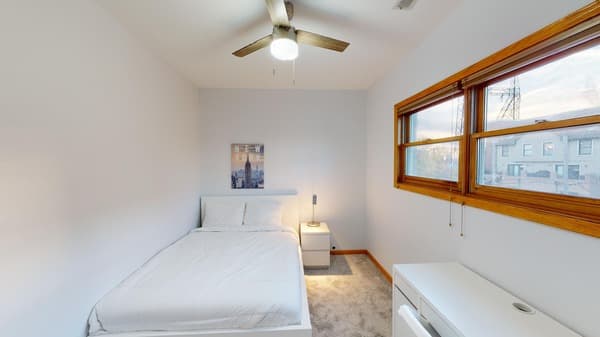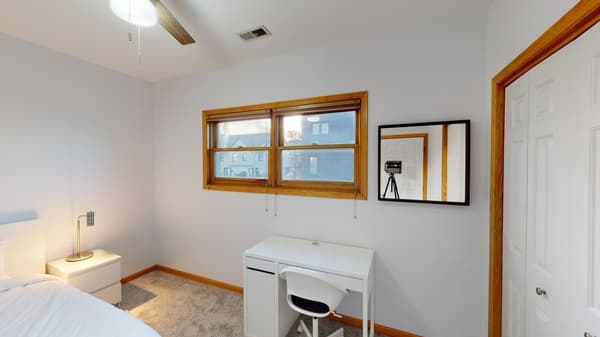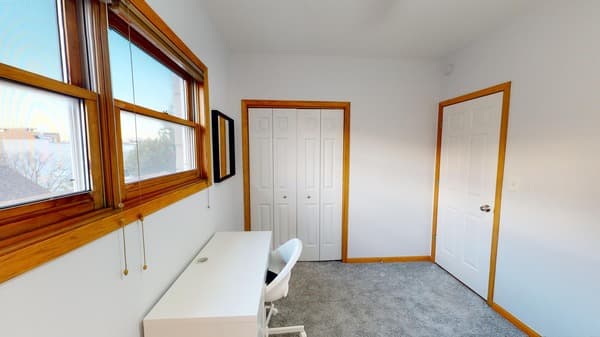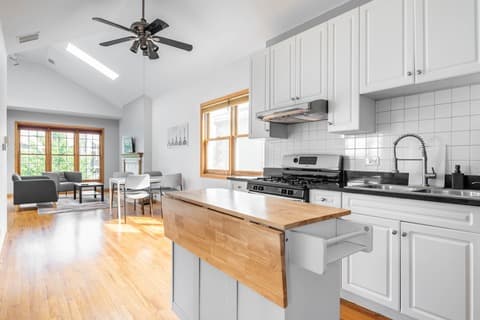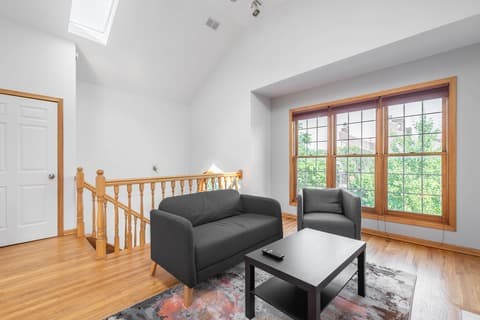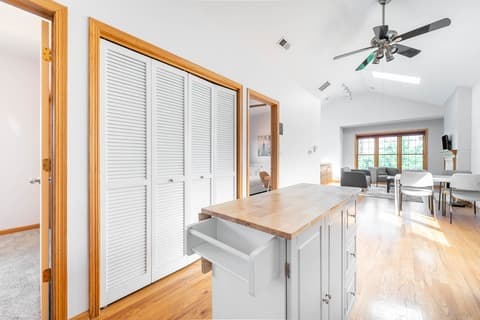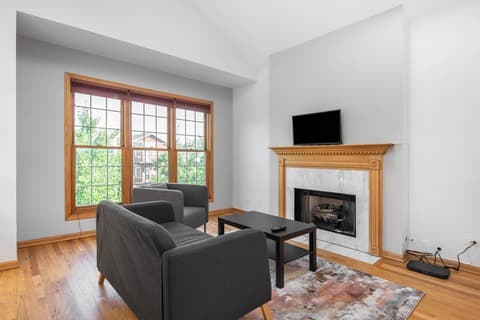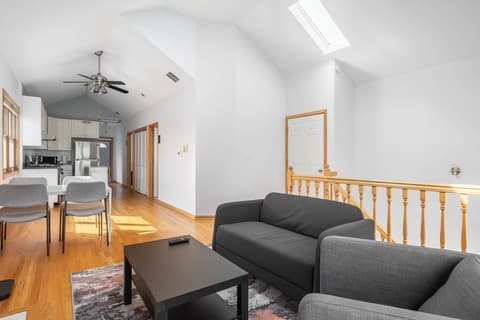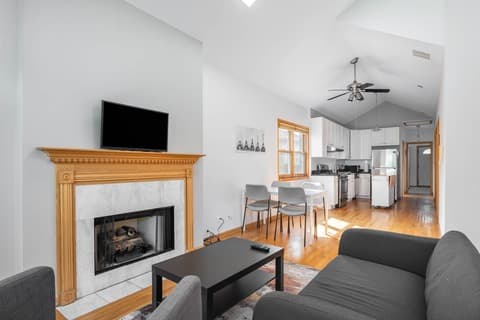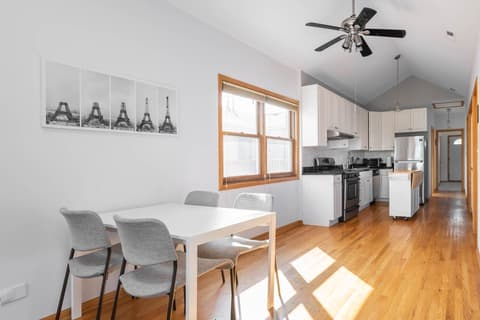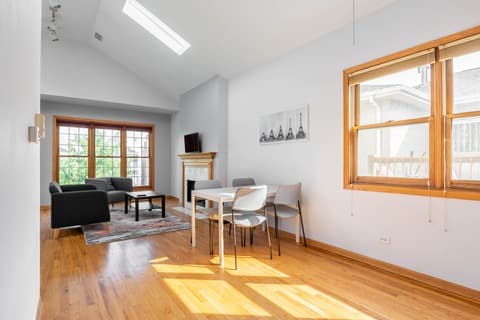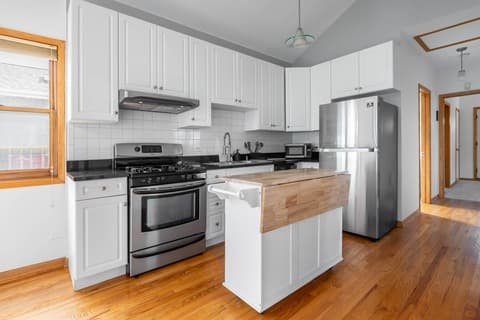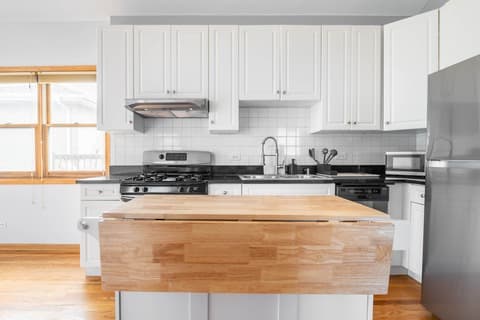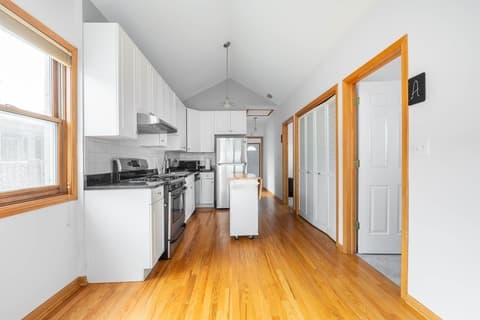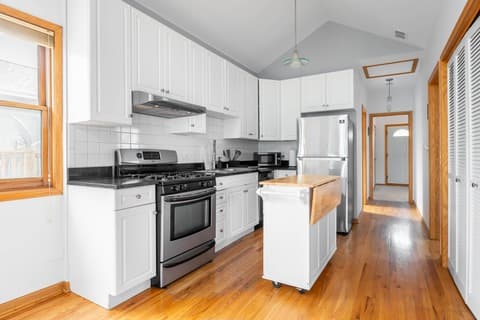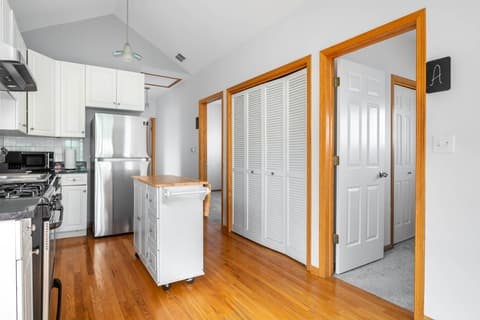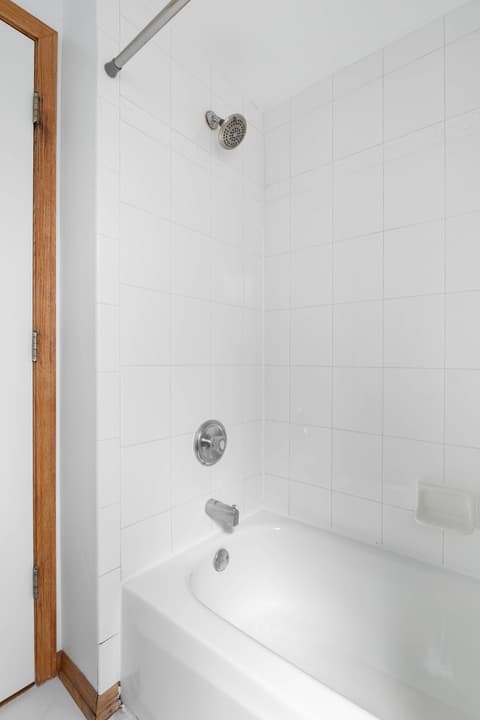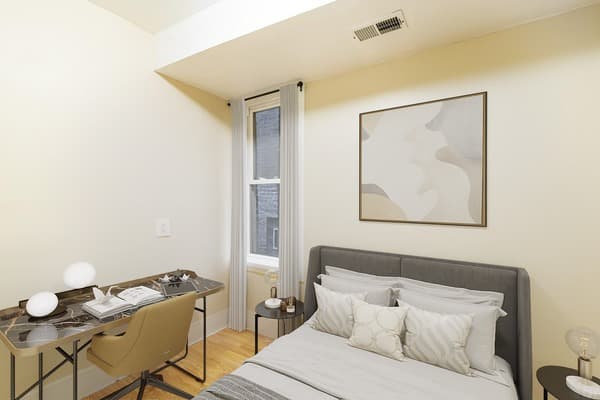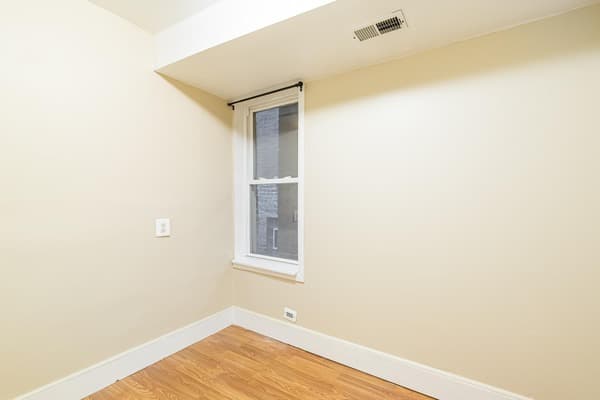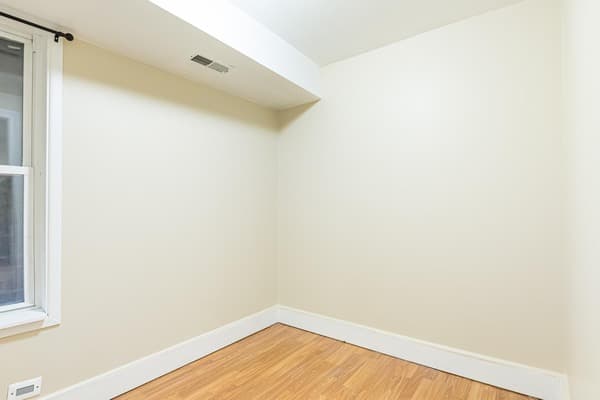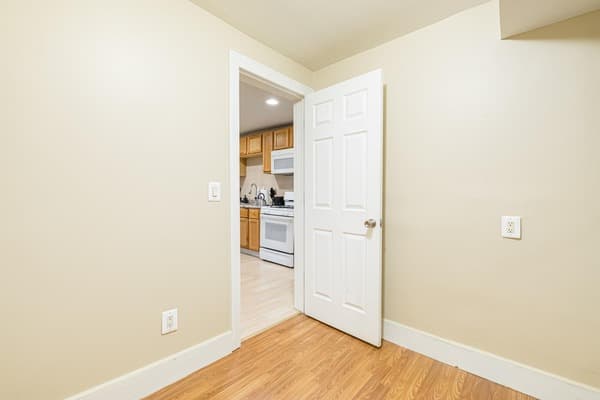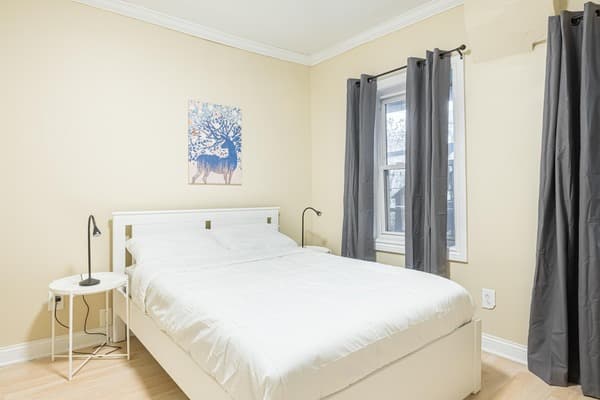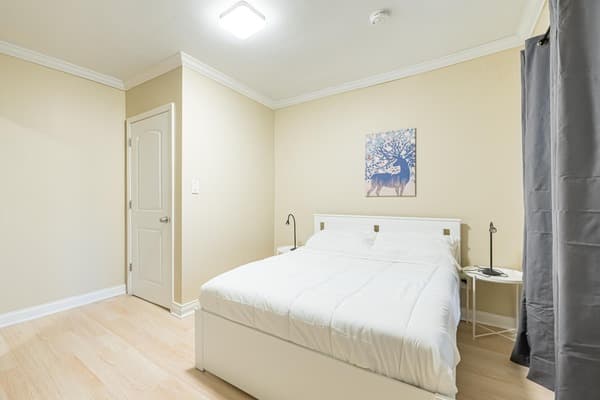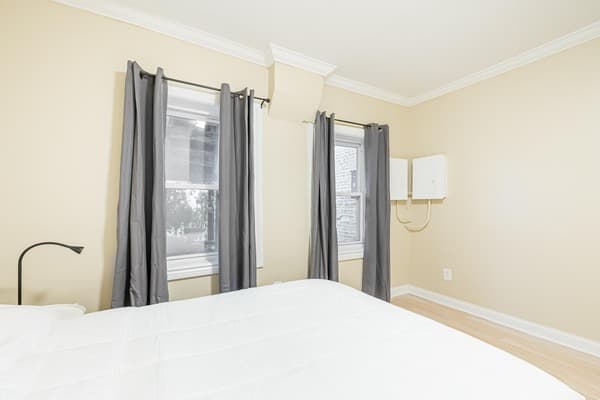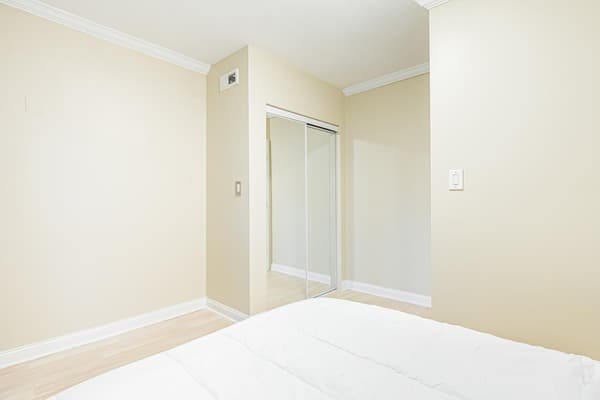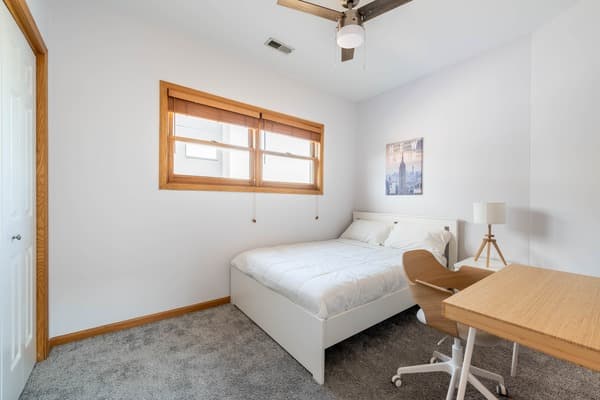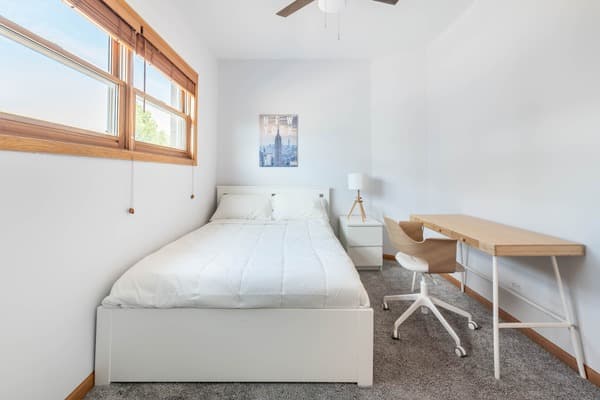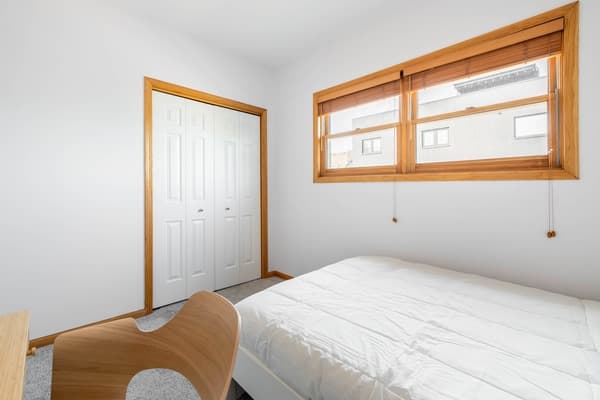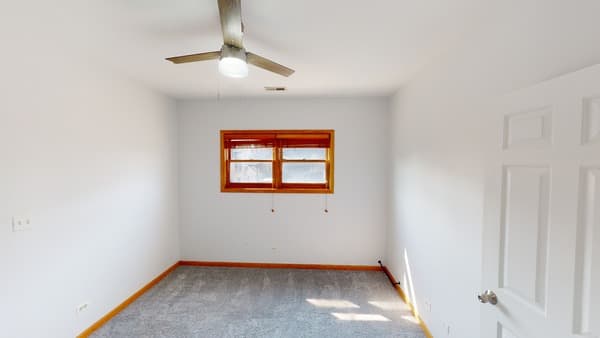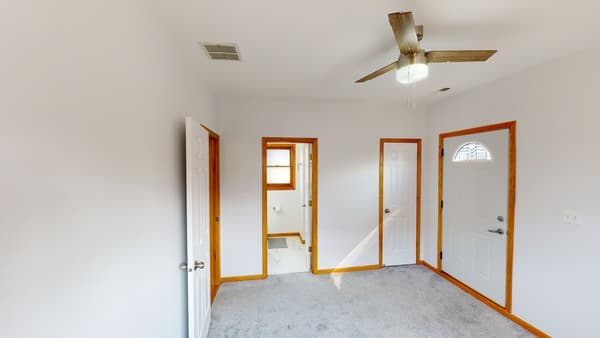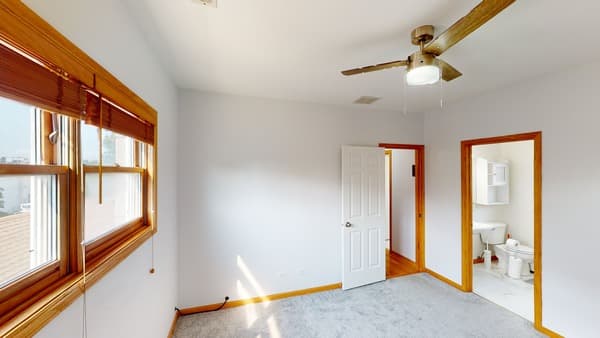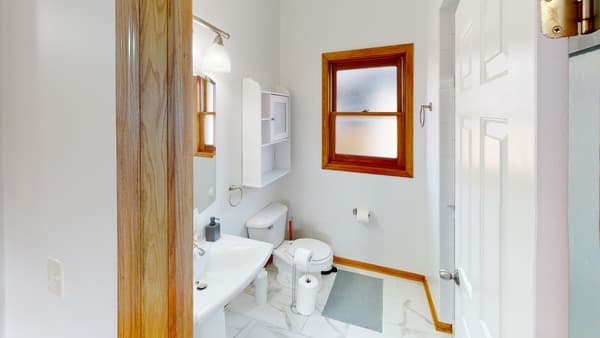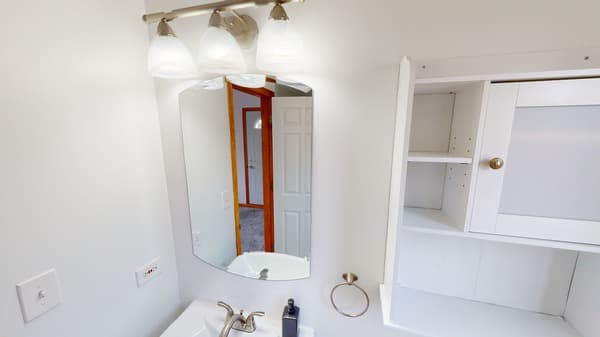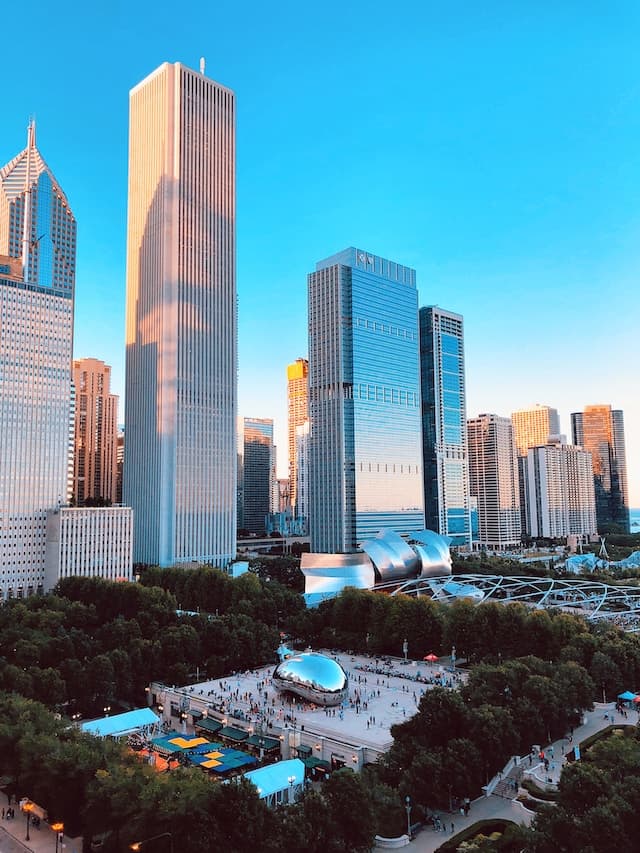6 Furnished and unfurnished short-term rentals in West Town, Chicago: Browse and book your perfect room or apartment today
Secure your perfect rental in the best neighborhoods, with flexible monthly leases and temporary housing options. Apply now and move in tomorrow!
Want to book faster?
Get Pre-Approved and Book Instantly
Skip the line and get approved to instantly
book a home with June.
June Homes uses iDenfy and Plaid to provide a streamlined, quick, and secure way to verify your identity and income to calculate a range of homes you can instantly book.
Welcome to West Town , a sprawling residential and commercial area known to be a cultural melting pot with a laidback atmosphere and an artsy vibe. One of 77 community areas, West Town consists of 11 unique Chicago neighborhoods. Located approximately three miles from the heart of Downtown Chicago, West Town is bounded by the community areas of Near North Side to the east, Near West Side to the south, Humboldt Park to the west, and Logan Square to the north. A historic area that once made up a large portion of Polish Downtown, West Town has been shaped by the numerous German, Italian, Polish, Russian, Scandinavian, and Ukrainian workers who began settling here in 1840. Wicker Park was one of West Town’s earliest neighborhoods to be developed, dating back to 1870 when Charles and Joe Wicker purchased 80 acres of land along Milwaukee Avenue and laid out a subdivision centered around an eponymously named public park. The development of West Town neighborhoods took off following the Great Chicago Fire of 1871, which displaced over 100,000 Chicagoans. Homeless Chicagoans looked west to Wicker Park and other West Town neighborhoods to build new homes. Northern European immigrants, primarily those of Polish descent, would continue to settle in this burgeoning area, making it one of the most populated areas in Chicago. By the 21st century, West Town was home to an eclectic demographic of artists, college students, families, and young professionals that had moved to this hip and somewhat more affordable alternative when compared to lakefront community areas.
Recognized as an up-and-coming hot spot due to its trendy nightlife scene and cultural attractions, such as the Polish Museum of America and numerous art galleries, West town is an exciting community area you will want to explore. West Town today is a highly diverse area that produces some of Chicago’s best culinary experiences, especially in neighborhoods like Wicker Park , where many new bars and restaurants have been cropping up over the past decade. Rising property values in some of West Town’s easternmost neighborhoods have forced lower-income residents west and made this area attractive to investors. Modestly-priced rowhouses and townhomes can be found in neighborhoods like Ukrainian Village. The availability of both affordable and luxury apartments in the neighborhoods of East Village and Wicker Park, near the thoroughfares of Division Street and Milwaukee Avenue, attract an economically diverse population. These two neighborhoods are known for hosting local art galleries and a decent selection of independent businesses that draw crowds from neighboring community areas like Bucktown . With easy access to Interstate 90, West Town is an ideal community area for college students and working professionals that plan to commute south to Chicago’s central business district and the University of Illinois Chicago. If you are looking to experience a bit of West Town’s nightlife, check out West Chicago Avenue, a bustling commercial thoroughfare dotted with dive bars, beer halls, and an assortment of ethnic eateries that are sure to please even the toughest of food critics.
Neighborhoods
Apartments and Rooms for Rent
Rent Nearby Chicago Universities
- University of Chicago
- Northwestern University
- University of Illinois at Chicago
- Loyola University Chicago
- Illinois Institute of Technology
- DePaul University
- Columbia College Chicago
- Roosevelt University
- School of the Art Institute of Chicago
- Rush University
- Northeastern Illinois University
- North Park University
- National Louis University
- Concordia University Chicago
- Dominican University
- Adler University
- Moody Bible Institute
- Illinois College of Optometry
Rent Nearby Chicago Hospitals
- Northwestern Memorial Hospital
- Rush University Medical Center
- University of Chicago Medicine
- Ann & Robert H. Lurie Children's Hospital of Chicago
- Advocate Illinois Masonic Medical Center
- Shirley Ryan AbilityLab (formerly RIC)
- Ascension Saint Joseph Chicago
- Jesse Brown VA Medical Center
- Mount Sinai Hospital
- John H. Stroger Jr. Hospital of Cook County
- Mercy Hospital & Medical Center
- Ascension Resurrection
- Swedish Hospital
- Thorek Memorial Hospital
- Weiss Memorial Hospital
- Loretto Hospital
- Saint Anthony Hospital
- Shriners Hospitals for Children — Chicago
- Garfield Park Hospital
- Holy Cross Hospital
